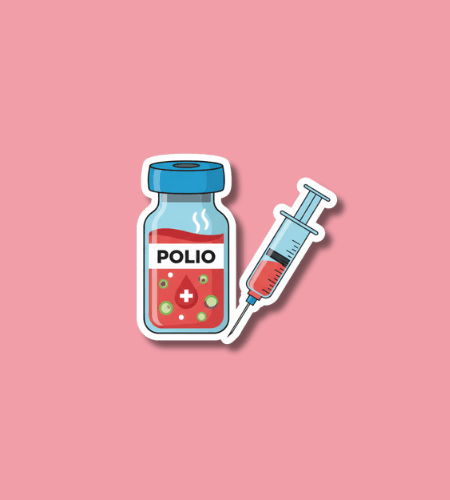The International Day of Polio Eradication, commonly known as World Polio Day, is observed each year on October 24.
Table of Contents
History of World Polio Day
Rotary International established World Polio Day to honor the birth of Jonas Salk, the scientist whose team developed the first inactivated polio vaccine. Since then, the day has become an annual opportunity for global health organizations to highlight the efforts of the Global Polio Eradication Initiative (GPEI) and partners working to rid the world of polio. 1
The disease itself, polio (poliomyelitis), once paralyzed hundreds of thousands of children each year worldwide—yet through mass vaccination and coordinated campaigns, cases have declined by more than 99% since the eradication effort launched in 1988.
Why is World Polio Day important?
When I reflect on this day, what stands out is how it isn’t just about a single disease—but about the power of coordinated global action, the role of communities, and the promise of protection for every child. Polio could once silently steal strength, mobility, even life. Recognizing that allows us to appreciate how fragile those gains can be—and how important it is to keep striving.
Also, the day reminds us that despite dramatic successes, we aren’t done yet. There are still places where polio persists or where surveillance must be kept strong so the virus doesn’t return. That tension between hope and vigilance gives this day both a celebratory and a sober dimension.
Here are some thoughts people might carry with them:
- the enormous effort behind reaching children in remote or conflict‑affected areas shows how complex “simple vaccines” can really be
- every child who receives the polio vaccine is not just protected, but represents a chain broken in the transmission of disease
- maintaining polio‑free status isn’t automatic—it depends on sustained funding, political will, and community trust
- remembering the past suffering of polio‑affected children helps us better appreciate the value of prevention and public health
- when we consider elimination of a disease, it’s as much about equity (reaching every child) as it is about science or logistics
How to Observe World Polio Day
You don’t need to be a global health expert or live in a country with active polio cases to honor this day. You can simply use it as a moment to reflect on how vaccines have changed lives, to support organizations still working toward eradication, or to educate someone new about polio’s impact. If you’re with a group—school, workplace, or community—you might host a short talk or share stories of vaccination campaigns and survivors.
Here are some realistic and meaningful ideas you might try:
- reach out to a local health group or club and ask how you can share information about polio and vaccines
- share a post on social media with the hashtag #EndPolioNow, highlighting why polio eradication still matters
- read an article or watch a short video about polio in 2025, then discuss it with friends or family
- if you have children or young people around, organize a simple classroom or home activity about how vaccines work and why polio eradication is a global goal.
- give a small donation to a recognized polio‑eradication initiative, or host a small fundraiser among your network
World Polio Day Dates Table
| Year | Date | Day |
|---|---|---|
| 2025 | October 24 | Friday |
| 2026 | October 24 | Saturday |
| 2027 | October 24 | Sunday |
| 2028 | October 24 | Tuesday |
| 2029 | October 24 | Wednesday |
Subscribe to our newsletter and never miss a holiday again!

